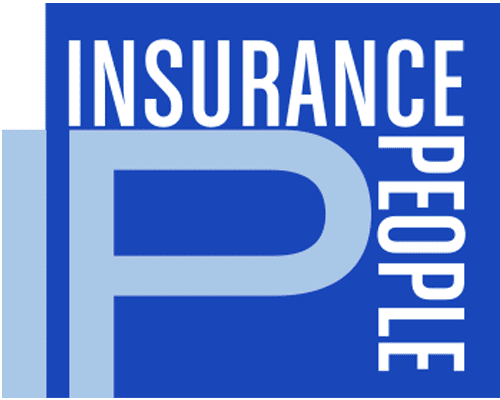“Nail guns are a leading cause of injury among residential carpenters and responsible for an estimated 37,000 emergency room visits each year, of which 60% are occupationally related.” – The National Institute for Occupational Safety and Health (NIOSH)
In today’s construction industry, nail guns have become the preferred tool when working with wood frame construction. They are not only more powerful than a traditional hammer, but they also allow crews to complete projects faster. However, these tools are not without their risks. As previously mentioned, according to the NIOSH, nearly 37,000 people get sent to the emergency room each year because of nail gun related accidents. More than half of those visits are work-related.
Our friends at Selective Insurance provided us several common types of nail gun accidents as well as nail gun safety tips. Below, you will find the information that Selective provided us:
Common Types of Nail Gun Accidents
Double Fire
When the nailer accidentally contacts the workpiece after recoil, it can cause a second unintended firing and injure the contractor. At all times, and especially when doing precise work, be sure that you can pull the gun fully away after recoil. Never push too hard on the gun to compensate for recoil – you risk unintentional contact with the workpiece. These types of accidents are most common with contact trigger nailers. If possible, use a full sequential trigger gun.
Airborne Nails
On occasion, a nail shot from a gun will blow through the work, miss it entirely, or strike a hard surface and ricochet away. These nails become airborne projectiles and can injure bystanders or the contractor using the nailer.
Nail Pass-Through
If nails hit weak spots in the wood, they can pass through the workpiece. This is most dangerous when the contractor is manually stabilizing the wood. In this case, the nail can easily penetrate and injure the hand.
Awkward Position Work
Contractors occasionally have to fire nail guns from unstable positions, such as:
- Above shoulder height
- From a ladder
- In tight quarters
- Holding the gun with the non-dominant hand
Because full control is not possible from these positions, the risk of injury is higher.
Disabled Safety Mechanisms
Some contractors will modify the safety mechanisms on their nailers to make firing easier. This often leads to unintended firing and is a common source of injury. For this reason, OSHA’s construction standard requires that all manufacturer safety features be maintained in proper working order.
Nail Gun Safety Tips
Training of Workers for Optimal Safety
Every contractor, including the most experienced, should be completing a full training program before using a nail gun. The program needs to include company work procedures, use of protective equipment, and injury procedures. Make sure you get hands-on practice with:
- Loading and firing the gun
- Proper technique for holding your workpiece
- Approaches for awkward position work and ricochet-prone surfaces
- Working with the trigger model on your nailer
Wear Personal Protective Equipment (PPE)
Don’t pick up a nail fun unless you’re wearing:
- A hard hat
- High-impact safety glasses or goggles
- Hearing protection
- Safety shoes
Employers should provide these items at no cost to you.
Follow All Manufacturer Instructions, Especially Safety Recommendations
Nailer manufacturers publish rules for nail gun safety and use. Always read your nailer’s manual and make sure it’s available on the job site. Pay particular attention to safety features and don’t disable them. Finally, make sure that adherence to manufacturer recommendations is a part of all nail gun work procedures.
Do a Safety Check Before Starting Work
Make sure your nailer and any power sources are in correct working order. Check your lumber for weak spots and ricochet risk.
Stay Clear of the Nailer
Never aim the nail gun toward your body and always keep hands at least 12 inches away from the contact point. If you need to stabilize the workpiece further, consider using clamps.
If Possible, Avoid Using a Nail Gun at Height or in Awkward Positions
Don’t use a nail gun if doing so presents more risk. Consider using a hammer for:
- Work at face or head height
- Work in a tight space
- To nail anything you can’t reach while holding the nailer in your dominant hand
Whenever possible, avoid using a nail gun on a ladder. Consider using scaffolding instead and if you can’t, choose a full sequential trigger nailer and keep three points of contact on the ladder at all times.
Remember, Accidents Do Happen
Even when you follow safety procedures, accidents can happen. Always seek immediate medical attention, even if your injury seems minor. Remember to report all incidents and close calls to your supervisor or safety representative in accordance with company safety policies and applicable regulations.
“Finally, remember the nail gun injuries can cause serious damage. Make your worksite as safe as it can be with the right insurance coverage. Contact an independent insurance agent today to learn more about how Selective can help you, your employees, and your business be safe and protected.” – Selective Insurance
